
Crazy Horse, known by his Lakota name Tȟašúŋke Witkó, was a prominent Native American warrior and leader of the Oglala Lakota tribe.
Born around 1840 in present-day South Dakota, Crazy Horse played a significant role in resisting the encroachment of white settlers onto Native American lands. He gained fame for his tactical brilliance and leadership, most notably in the Battle of Little Bighorn.
Despite his achievements, Crazy Horse remained humble and focused on the well-being of his people. He was deeply connected to his Lakota culture and spirituality, emphasizing the preservation of traditions and participating in sacred ceremonies. His surrender and subsequent controversial death at Fort Robinson, Nebraska marked the end of an era.
Today, Crazy Horse is revered as a symbol of Native American resistance and cultural pride. The ongoing construction of the Crazy Horse Memorial in South Dakota stands as a tribute to his legacy and the ongoing struggle for indigenous rights and recognition.
Crazy Horse Facts
1. Crazy Horse was a renowned Native American warrior and leader of the Oglala Lakota tribe
Crazy Horse, whose Lakota name was Tȟašúŋke Witkó, was born around 1840 in the vicinity of present-day Rapid City, South Dakota. The exact details of his birth and early life are not well-documented, as the Lakota people did not keep written records.
However, it is believed that he was born into the Oglala Lakota tribe, one of the seven bands of the Lakota Sioux.

2. Crazy Horse played a significant role in the resistance against the encroachment of white settlers onto Native American lands
Crazy Horse emerged as a prominent figure during a period of intense conflict between Native American tribes and the United States government.
As white settlers began to encroach upon Native American lands in the mid-19th century, tensions escalated, leading to armed resistance. Crazy Horse became a fierce warrior and leader, dedicated to protecting the rights, lands, and way of life of his people.
3. Despite his fame as a warrior, Crazy Horse was known for his modesty and humility
Despite his accomplishments and fame as a warrior, Crazy Horse was known for his humility and reluctance to seek personal recognition. He rejected the notion of individual glory and instead focused on the collective well-being of his tribe.
He was deeply committed to the preservation of Lakota culture, traditions, and spirituality, and his leadership style reflected his devotion to the community rather than personal ambition.
Crazy Horse believed in the strength and unity of his people and sought to ensure their survival in the face of increasing pressure from the U.S. government.
4. Crazy Horse was instrumental in the defeat of General George Armstrong Custer at the Battle of Little Bighorn
Crazy Horse’s tactical brilliance and leadership were most prominently demonstrated during the Battle of Little Bighorn in 1876.
In this battle, also known as Custer’s Last Stand, Crazy Horse, along with other Lakota, Cheyenne, and Arapaho warriors, defeated the U.S. Army’s 7th Cavalry led by General George Armstrong Custer.
Crazy Horse’s strategic planning and ability to coordinate various Native American forces played a crucial role in the victory. The battle became a significant symbol of Native American resistance against the encroachment of white settlers onto their lands.
5. The precise details of Crazy Horse’s life are not well-documented
The precise details of Crazy Horse’s life are not well-documented. Much of what is known about him comes from oral traditions, legends, and accounts provided by other individuals.
The Lakota people did not keep written records, so information about Crazy Horse’s early life, family background, and specific events can be subject to varying interpretations and inconsistencies.
The lack of written documentation adds an air of mystery and intrigue to his story, as his life and actions have been passed down through generations by word of mouth.
While this limited documentation makes it challenging to establish an exact chronology or account of his life, Crazy Horse’s legendary status and impact on Native American history and culture endure through oral traditions and the collective memory of his people.

6. Crazy Horse was deeply connected to his Lakota culture and spirituality
As a figure deeply rooted in Lakota culture, Crazy Horse participated in various sacred ceremonies and rituals. He believed in the importance of maintaining spiritual connections and honoring the traditions of his people. One of the most significant practices for Crazy Horse was the vision quest, a personal spiritual journey undertaken by young warriors seeking guidance, spiritual power, and purpose. Through fasting, prayer, and solitude in nature, individuals sought visions and revelations that would shape their roles within the tribe. Crazy Horse embraced this spiritual tradition and was known to have undergone multiple vision quests throughout his life.
7. In 1877, Crazy Horse surrendered to the U.S. authorities at Fort Robinson, Nebraska
After the Battle of Little Bighorn, the U.S. government intensified its efforts to subdue the Native American resistance. In 1877, Crazy Horse surrendered to General George Crook at Camp Robinson (later renamed Fort Robinson) in Nebraska. The terms of his surrender included promises that his people would be allowed to live in their traditional hunting grounds in the Powder River Country of Wyoming. However, the U.S. government failed to honor these agreements, and tensions escalated.
8. Tragically, Crazy Horse was killed on September 5, 1877, while in custody at Fort Robinson
Tragically, on September 5, 1877, while still under U.S. custody at Fort Robinson, Crazy Horse was killed. The exact circumstances surrounding his death remain disputed and shrouded in uncertainty. According to some accounts, Crazy Horse was arrested for allegedly resisting imprisonment and attempting to escape. During a struggle with the guards, he was fatally stabbed by a bayonet. However, alternative narratives suggest that his death was a deliberate act of assassination. Regardless of the specific details, his passing marked the end of an era for the Oglala Lakota and the broader Native American resistance movement.
9. Crazy Horse’s legacy as a symbol of Native American resistance and cultural pride has endured over time
Crazy Horse’s legacy as a symbol of Native American resistance and cultural pride has endured and grown over time. Many Native American communities regard him as a hero and an icon of the ongoing struggle for indigenous rights and sovereignty. His unwavering dedication to his people’s welfare and his commitment to preserving Lakota traditions have made him an enduring symbol of Native American resilience, bravery, and the fight against colonization.
10. To honor his memory, a monument known as the Crazy Horse Memorial is being carved into the Black Hills of South Dakota
To honor Crazy Horse’s memory, the Crazy Horse Memorial was initiated in 1948 by sculptor Korczak Ziolkowski. Located in the Black Hills of South Dakota, the monument aims to depict Crazy Horse on horseback, pointing into the distance. Once completed, it will be the world’s largest sculpture, standing at a height of 641 feet (195 meters). The project remains a work in progress, and it has relied solely on private funding and donations. The monument seeks to celebrate Crazy Horse’s legacy, raise awareness about Native American history and culture, and promote unity among all people. It serves as a reminder of the ongoing struggle for justice and recognition faced by Native American communities.
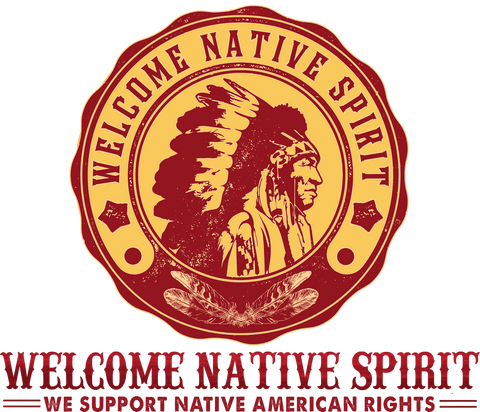

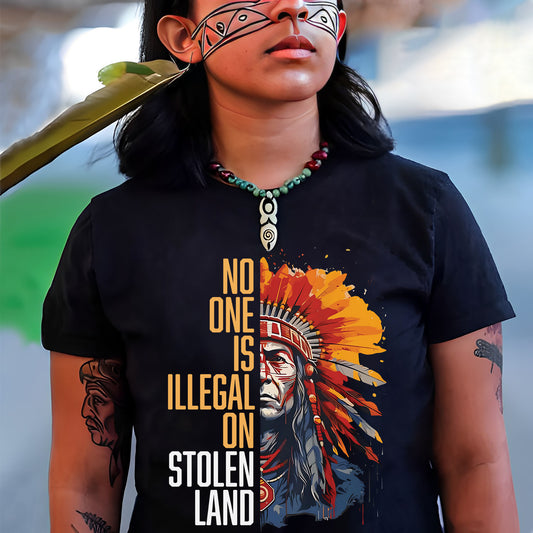
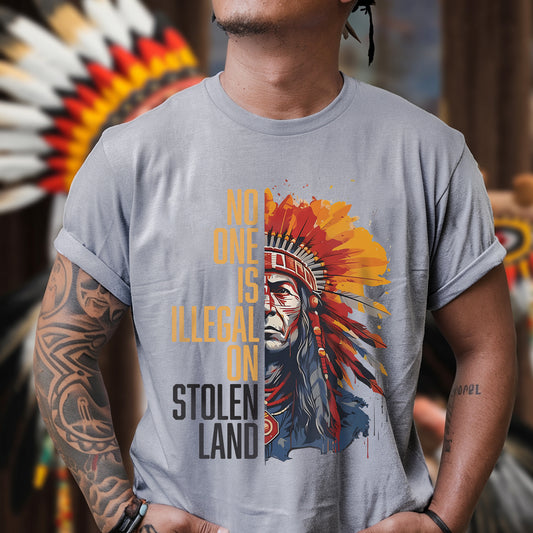
![[Two Sides] Trail of Tears The Deadly Journey Unisex T-Shirt/T-Shirt V-Neck/Hoodie/Sweatshirt](http://welcomenativespirit.com/cdn/shop/files/20_2bae9cf5-c07c-4ea5-a8ea-de74aa71325d_533x.jpg?v=1757466962)
![[Two Sides] Trail of Tears The Deadly Journey Unisex T-Shirt/T-Shirt V-Neck/Hoodie/Sweatshirt](http://welcomenativespirit.com/cdn/shop/files/gray_-2side_b51af6c7-cea9-4004-90db-cb8d883be04a_533x.png?v=1759742586)

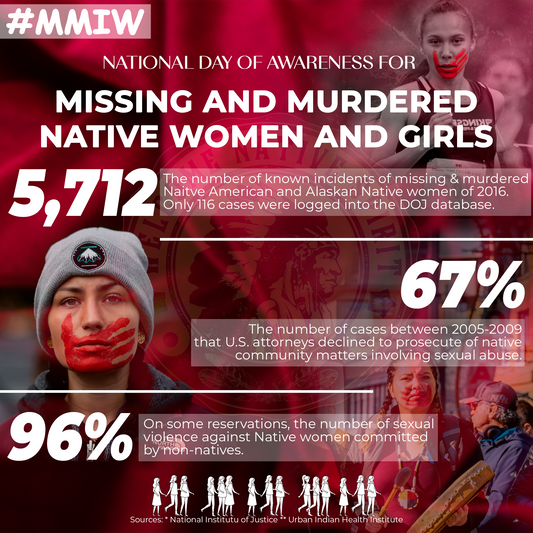
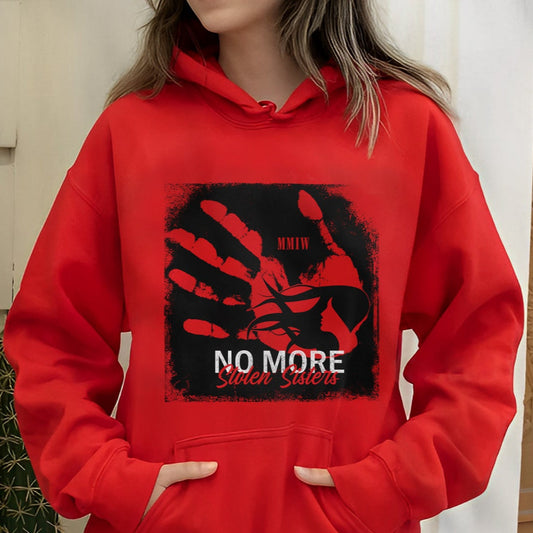
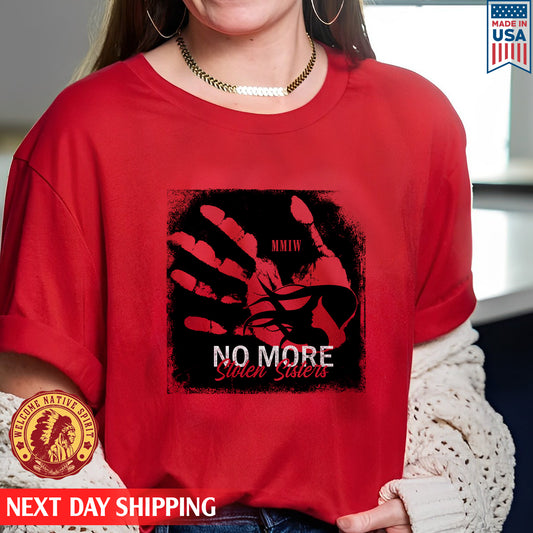
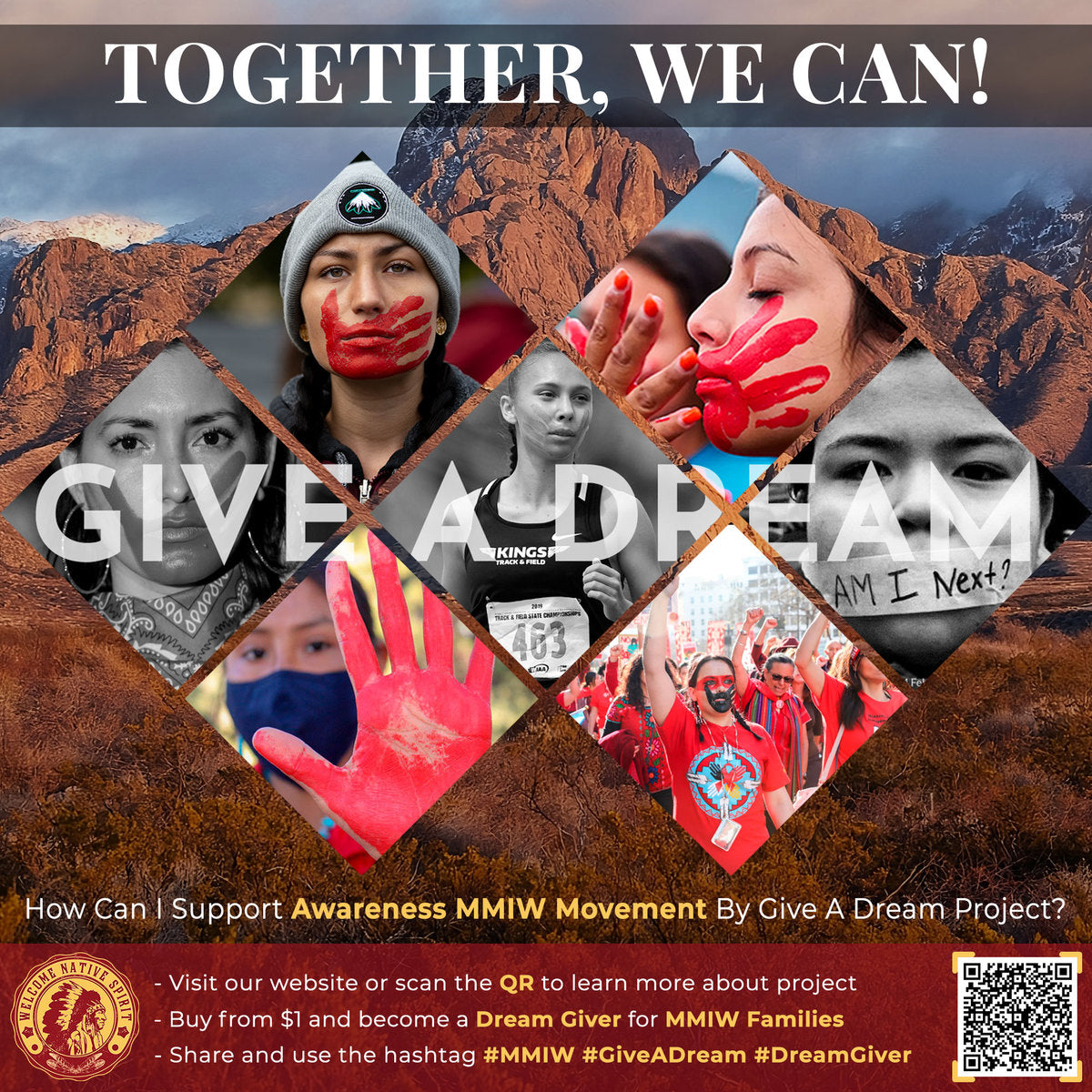

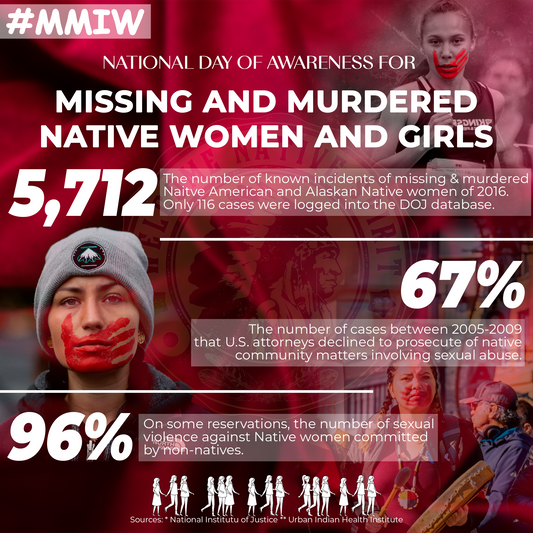
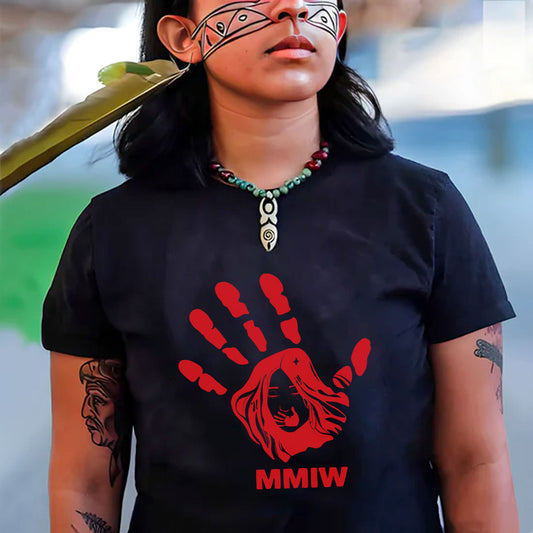
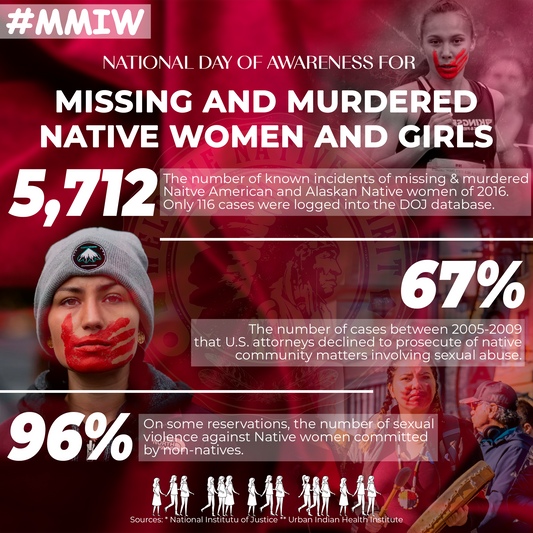


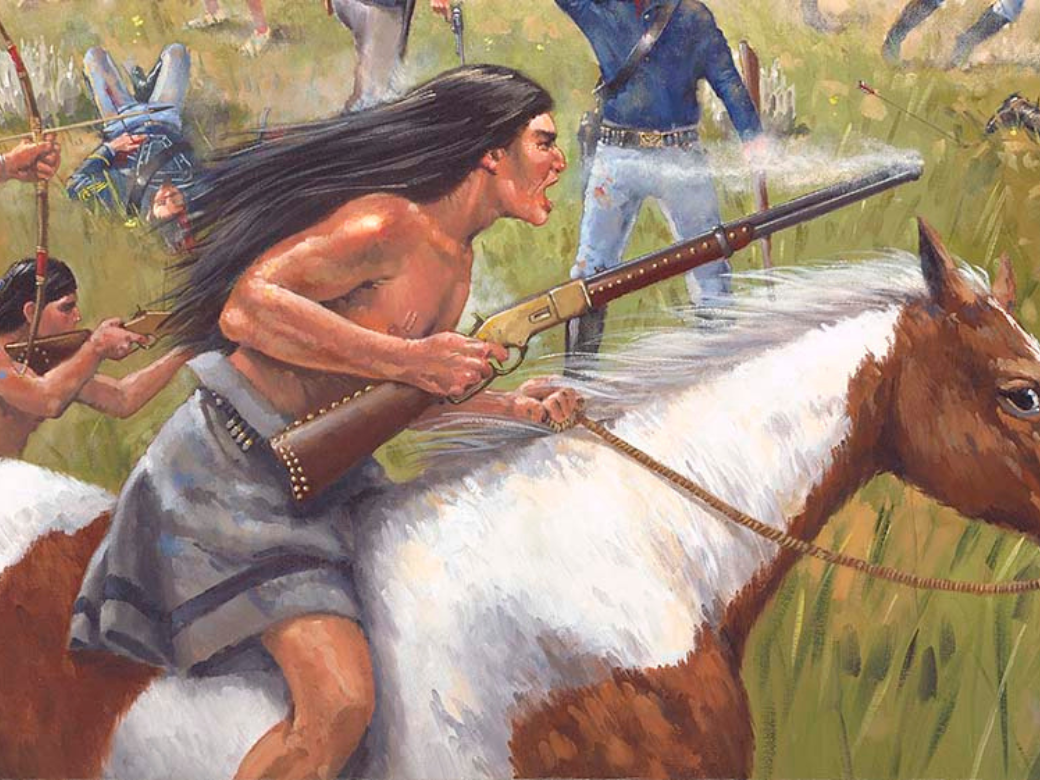

4 Comments
Wow, were the Indians grossly mistreated ! We should be ashamed.
From what I’ve heard, there are no known photographs of Crazy Horse. Our native people need another Crazy Horse in this lifetime. A’ho
Crazy Horse, Hero in his time. Protecting his people, his Country, there Freedom. A Rolemodel, who was connected to his spirituality, and the earth & heaven. He was humble, a True Protector .
I love this history and would like more information. Was he any relation to the Sioux tribes out of South Dakota North Dakota area?